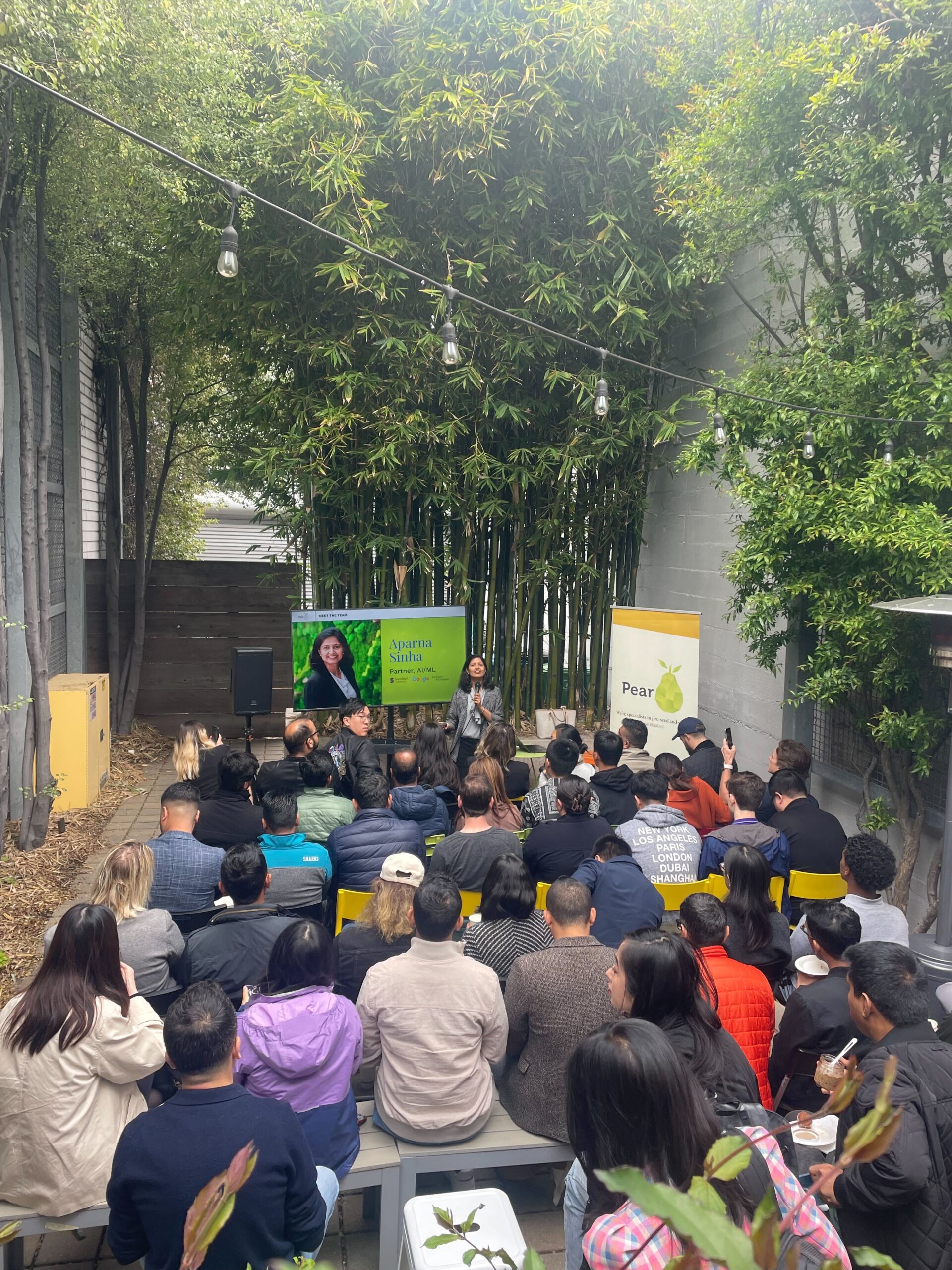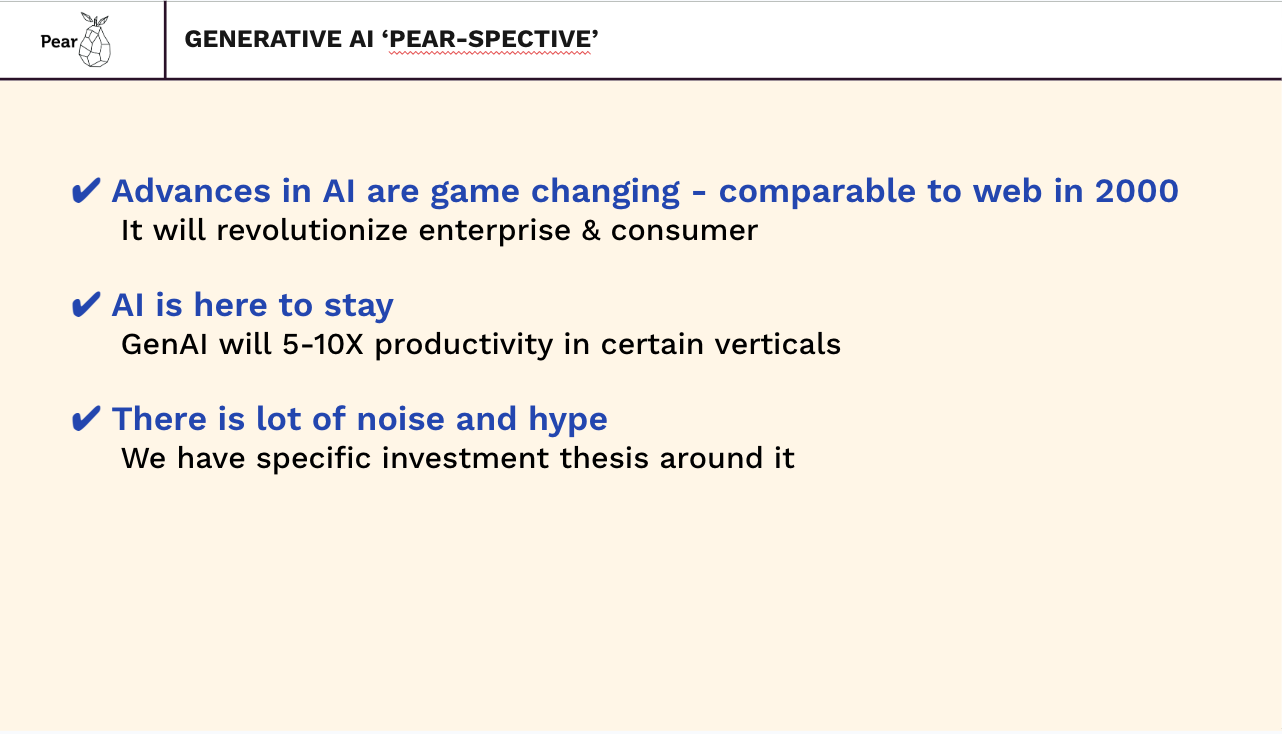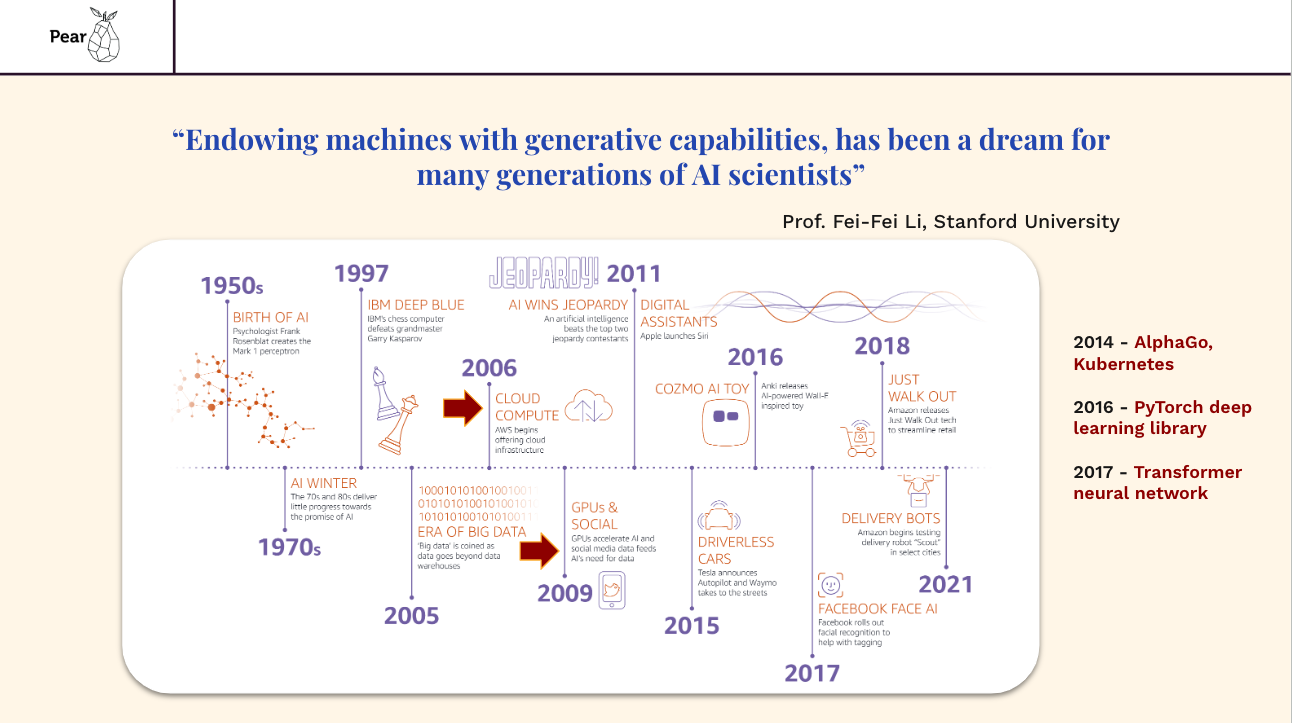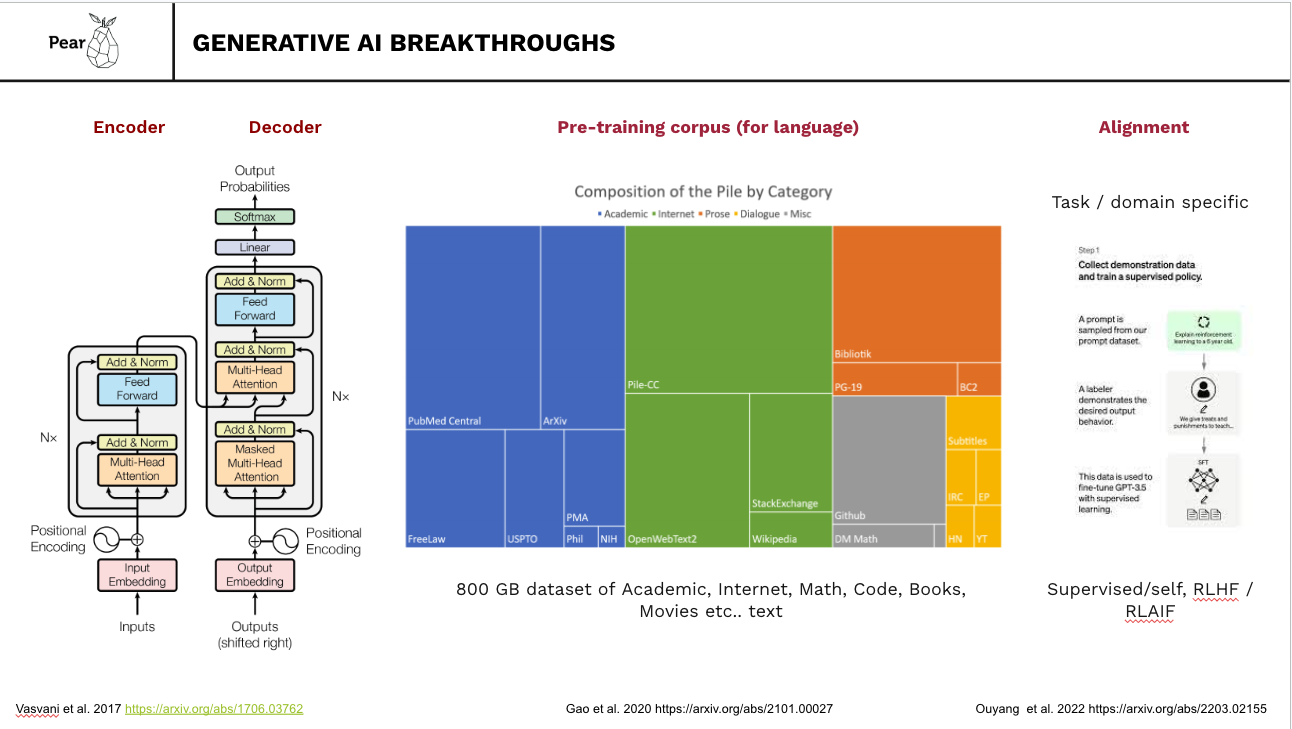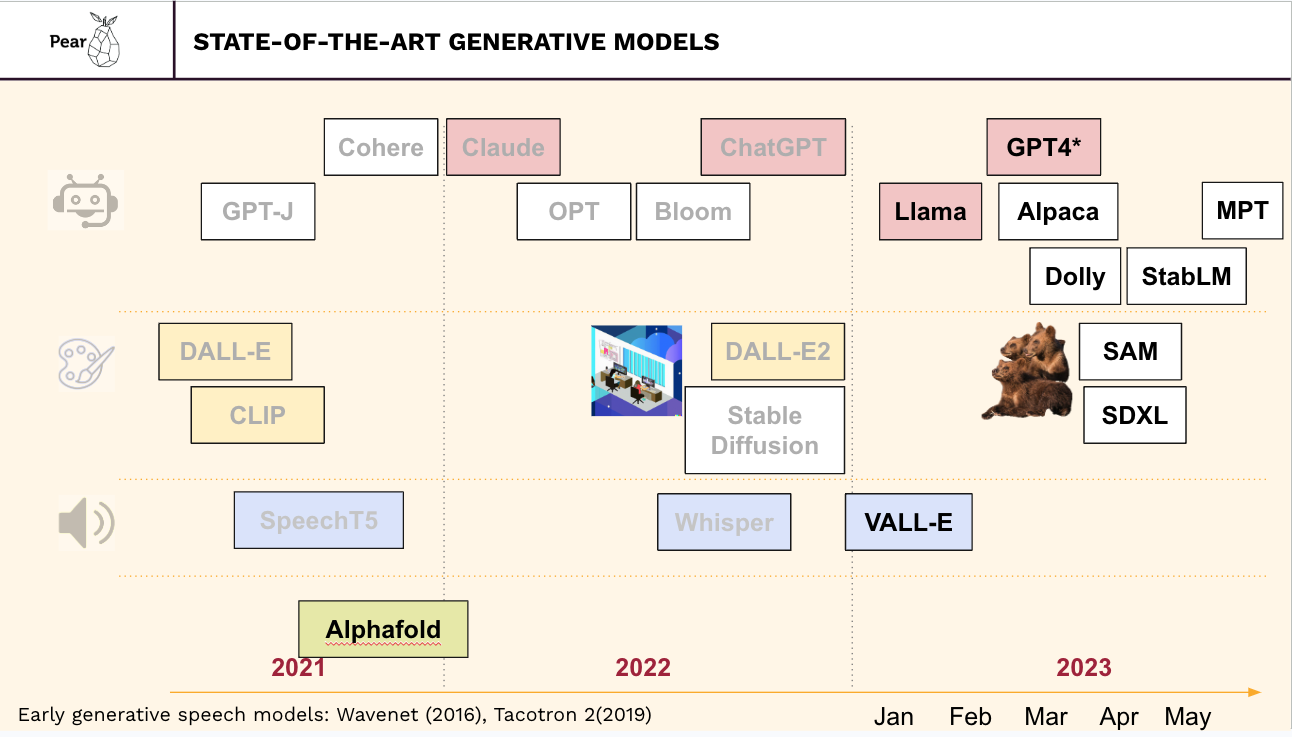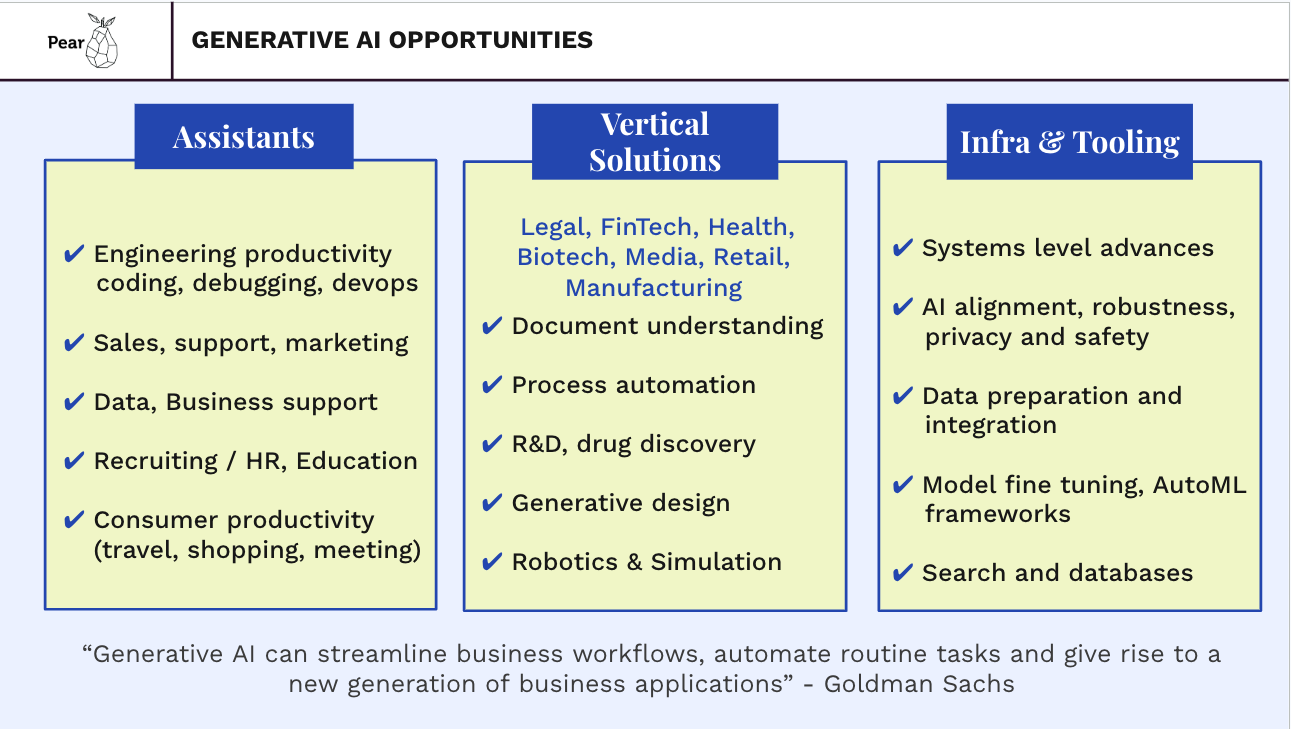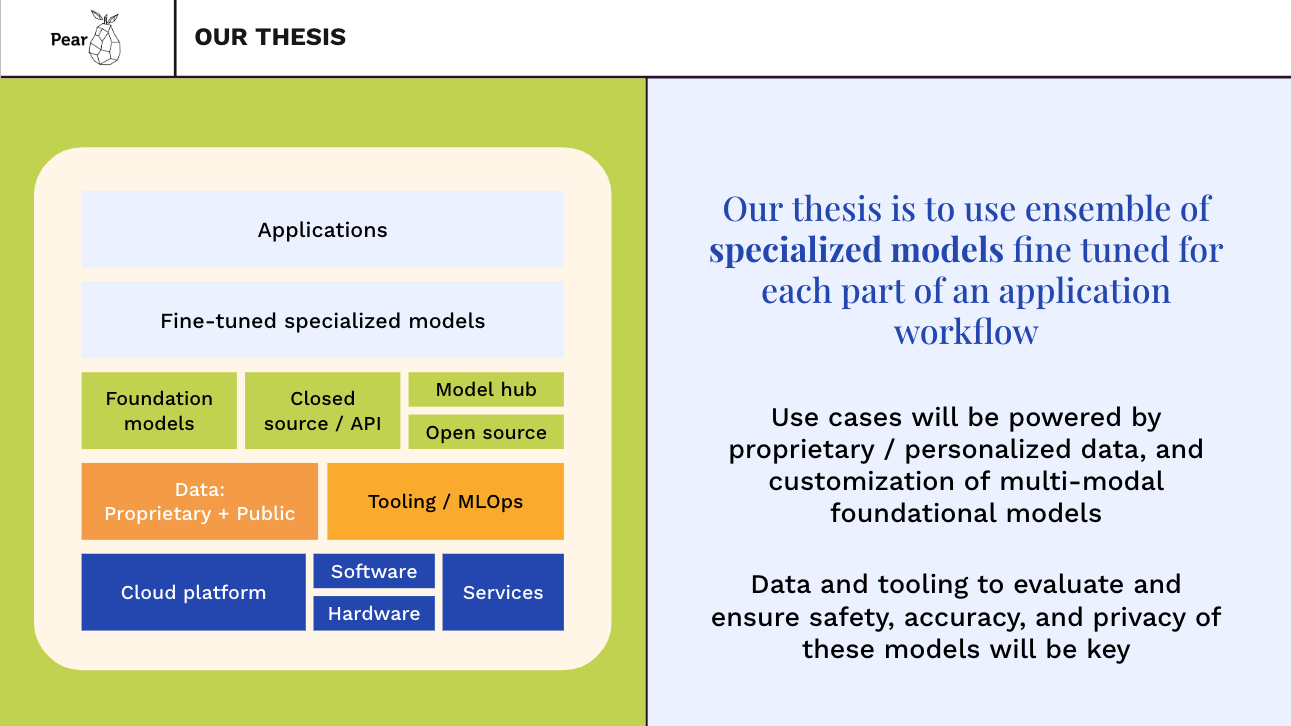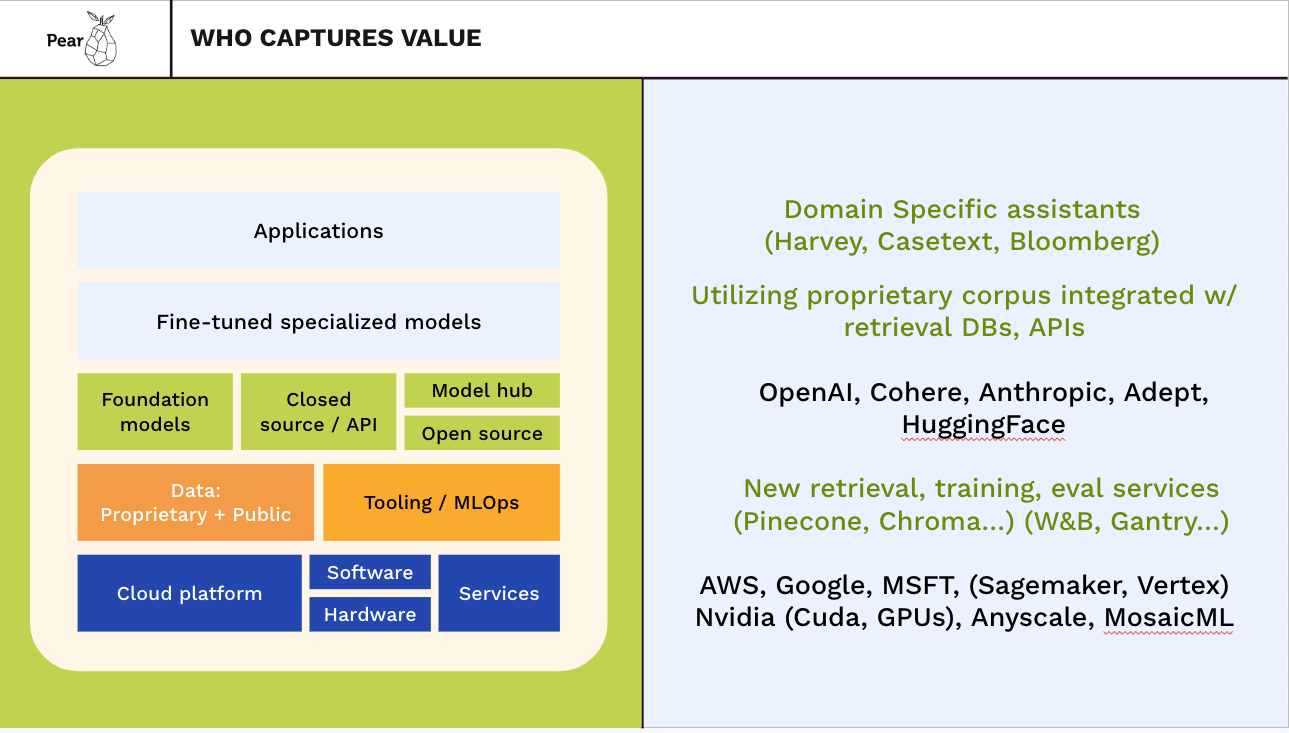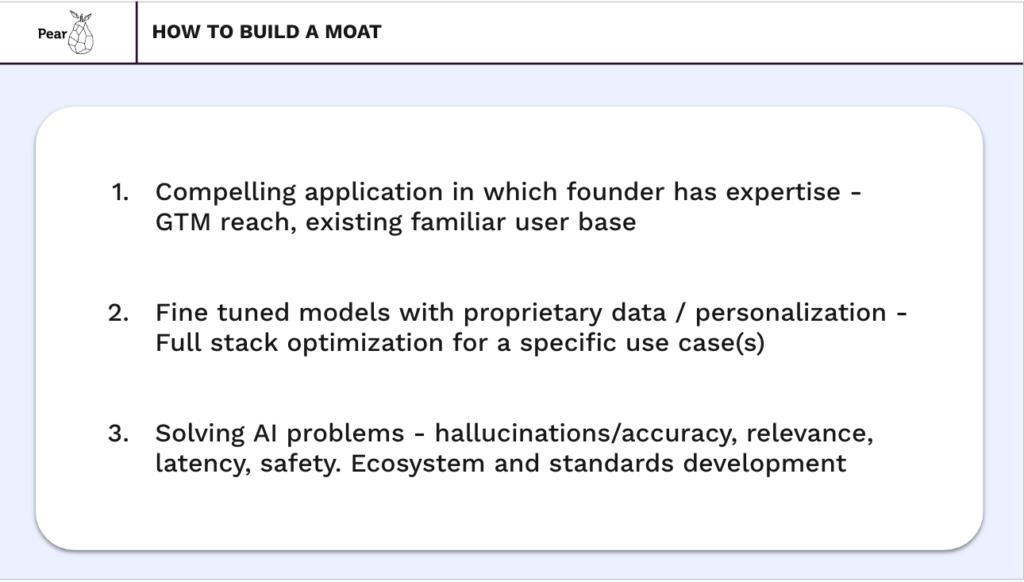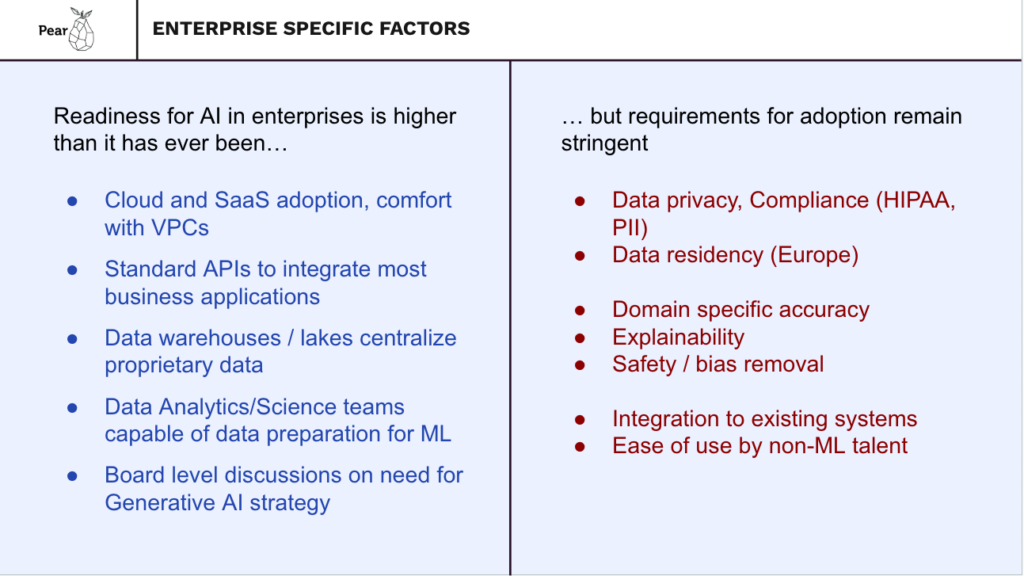Our team at Pear is thrilled to announce an incredible new resource for our Healthcare and Biotech founders. Today, we are officially unveiling Pear’s Healthcare and Biotech Industry Advisory Councils!
At Pear, we feel privileged to work closely with our founders at the earliest stages of company development, specializing in seed and getting founders to product market fit. We also aim to provide them with best-in-class platform support across talent, go-to-market, fundraising, and PR & communications.
We recognize, however, that our founders building in Biotech and Healthcare have specialized needs. Over the past few months, our Biotech Partner, Eddie and our Healthcare Partner, Vivien have been hard at work carefully crafting and recruiting a “dream team” of leading founder-CEOs, operators, executives and academics. We’re so honored to be partnering with this esteemed group and are grateful for their generosity to support the next generation of founders.
Introducing Pear’s Biotech and Healthcare Industry Advisory Councils:
In Biotech, we often back stellar scientists and engineers starting companies based on innovative platform technologies with multiple applications. They are leaders within their domains of technical expertise, but they understandably need help in areas such as selecting a lead indication, developing a partnering strategy, negotiating an IP license, or refining a program budget and timeline.
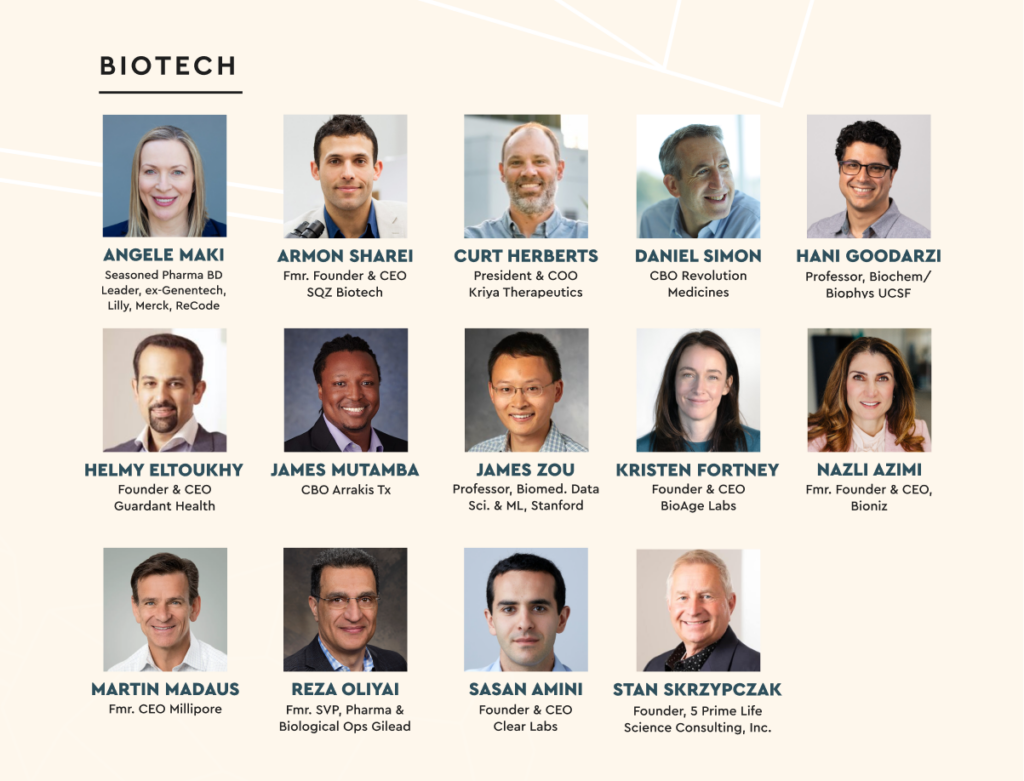
In Healthcare, we are looking for multidisciplinary teams with clinical, technical, and go-to-market DNA. Technology can only make a difference if health systems providers, payers, and pharma are willing to adopt these solutions and we believe our advisory council helps refine customer strategy and supercharge our founders’ customer adoption, along with our hands on GTM support at Pear.
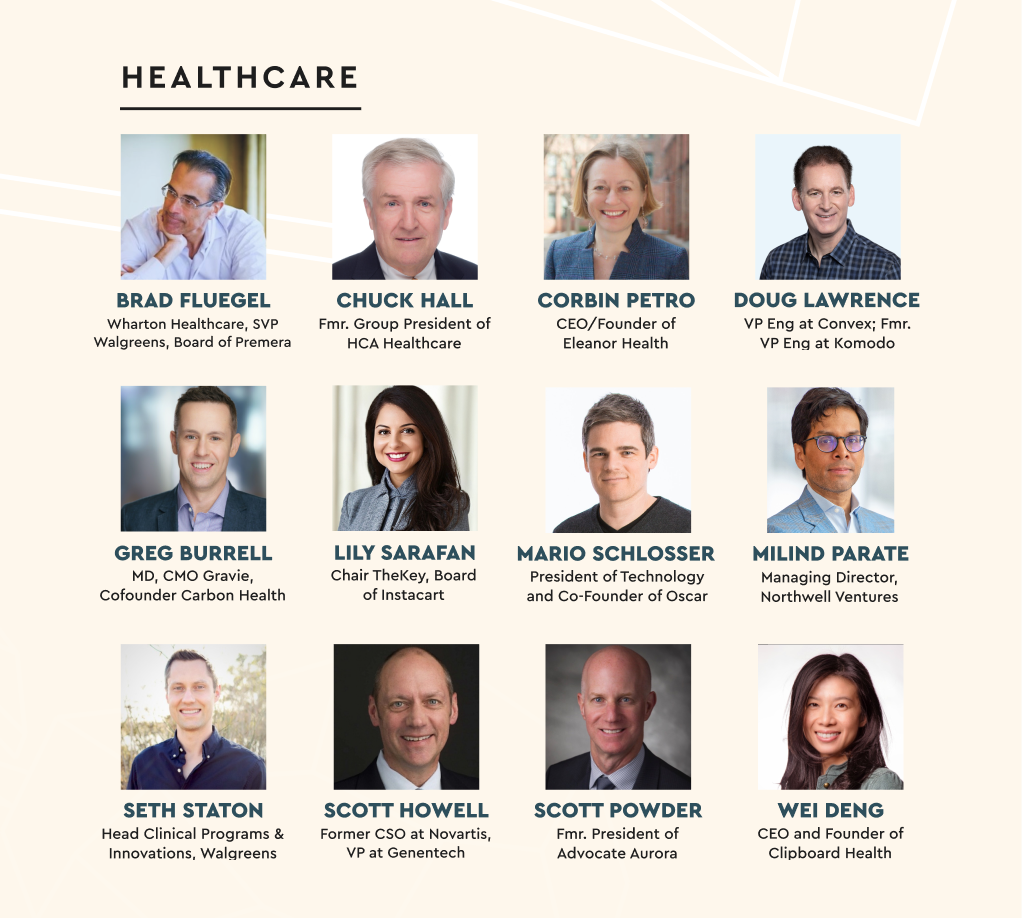
Learn about how we invest in Healthcare and Biotech:
We have created landing pages on our website for our Healthcare and Biotech investing practices which share more details about our investment scope, approach to working with founders, and current Industry Advisory Councils.
We’ve already been impressed by the impact these advisors have made on our founders and their companies, and we can’t wait to see what’s next!
If you’re a Healthcare or Biotech founder and interested in partnering with Pear VC or getting to know our advisors, please reach out at vivien@pear.vc and eddie@pear.vc.

